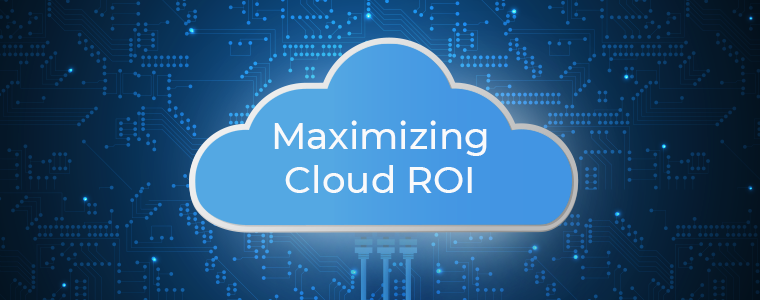What is a Database Management System?
A database management system (DBMS) is a software package that lets you store, access, query, and manage data with ease. Users can interact with the DBMS simultaneously, maintaining data integrity without interfering with one another.
A DBMS gives administrators, programmers, and end users a centralized view of business data. Users don’t have to figure out the data’s physical location and retrieve it from there, saving time and hassle. To give you a better idea of how these systems work, let’s look at the elements of a DBMS and some specific types.
What are the Components of a Database System?
You can think of a DBMS as a highway system with many moving parts. Its components include:
- A storage engine: The DMBS connects with a file system at the operating system (OS) level to store information.
- A metadata catalog: When databases are created, the DBMS registers the details in a metadata catalog. It then uses the metadata catalog to verify users’ information requests.
- An optimization engine: The optimization engine analyzes database access language requests, turning them into actionable commands for retrieving and modifying data.
- A query processor: After optimizing a query, the DBMS needs a way to run it and return the results. That’s what the query processor does.
- A log manager: The DBMS records all data changes through a log manager.
- Data utilities: A DMBS has a set of utilities to control and manage database activities. Examples of data utilities include backup and copy, reorganization, integrity check, loading and unloading, and database repair.
Types of Database Management Systems
There are several types of data management systems, such as:
- Hierarchical: A hierarchical DBMS organizes data in a tree-like format. It stores information in a top-down or bottom-up structure using a parent-child relationship.
- Distributed: A distributed DBMS runs and stores information across multiple computers. It periodically synchronizes data, universally updating any changes across the database.
- Network: A network DMBS allows each child to have multiple parents, addressing the need for more complex relationships. It organizes entities in a graph accessible through multiple paths.
- Relational: A relational DBMS organizes information into tables with rows and columns. Its user-friendly interface makes it a popular data model. A relational DBMS is ideal when you need a flexible, scalable system to manage large amounts of data.
- Object-oriented: Rather than columns and rows, an object-oriented DBMS stores data in objects. It can work with complex data objects that mirror those used in object-oriented programming (OOP) languages.
Manage Your Business Data with Agio
If you’re looking to outsource your data environment to an experienced provider, look no further than Agio. Our data management services include comprehensive assessments, migration, and ongoing performance tuning and monitoring.
We can help reduce your cybersecurity risk, lower costs, and enhance data accessibility. Reach out to us to learn more about our database management services!
Share post
Featured Posts
Connect with us.
Need a solution? Want to partner with us? Please complete the fields below to connect with a member of our team.



